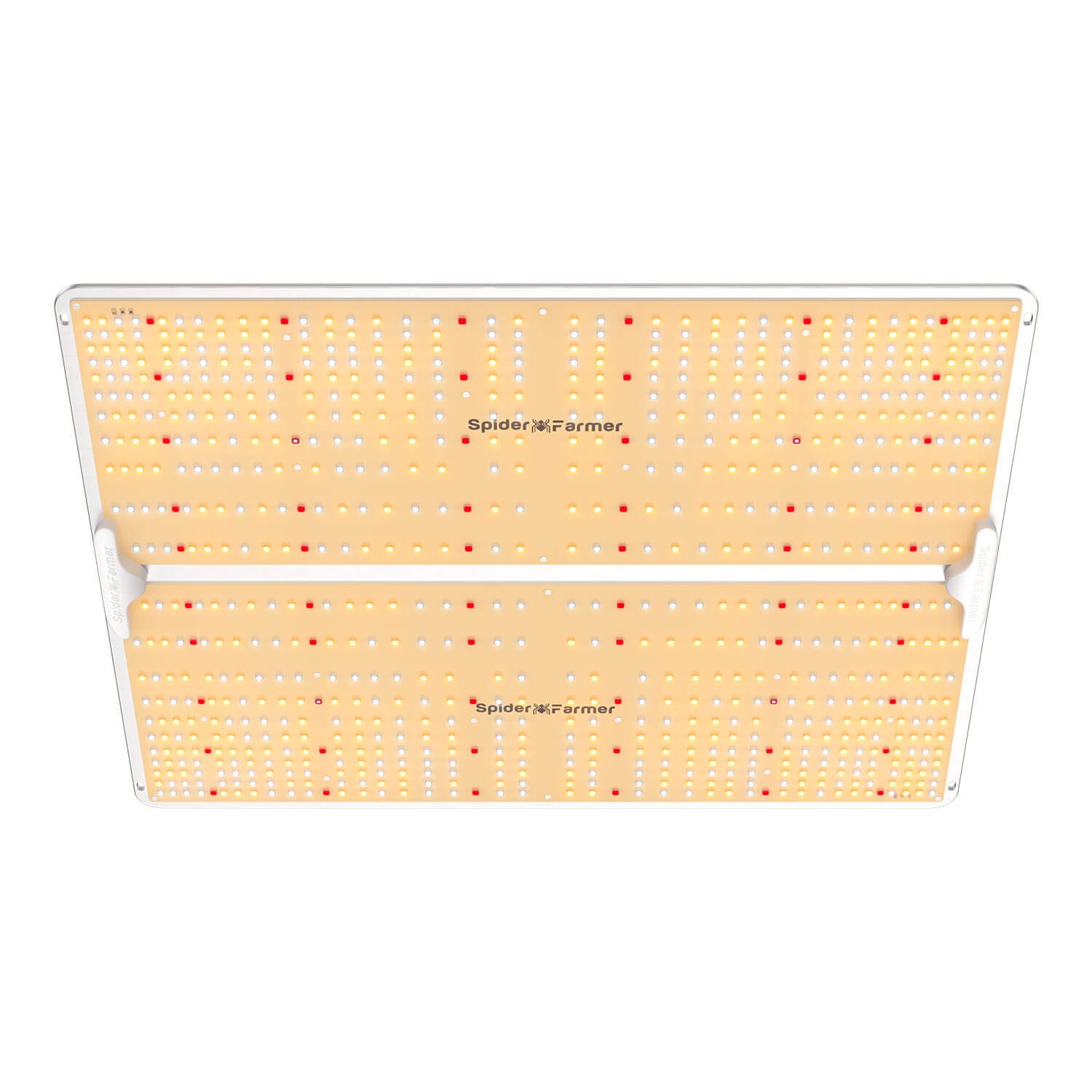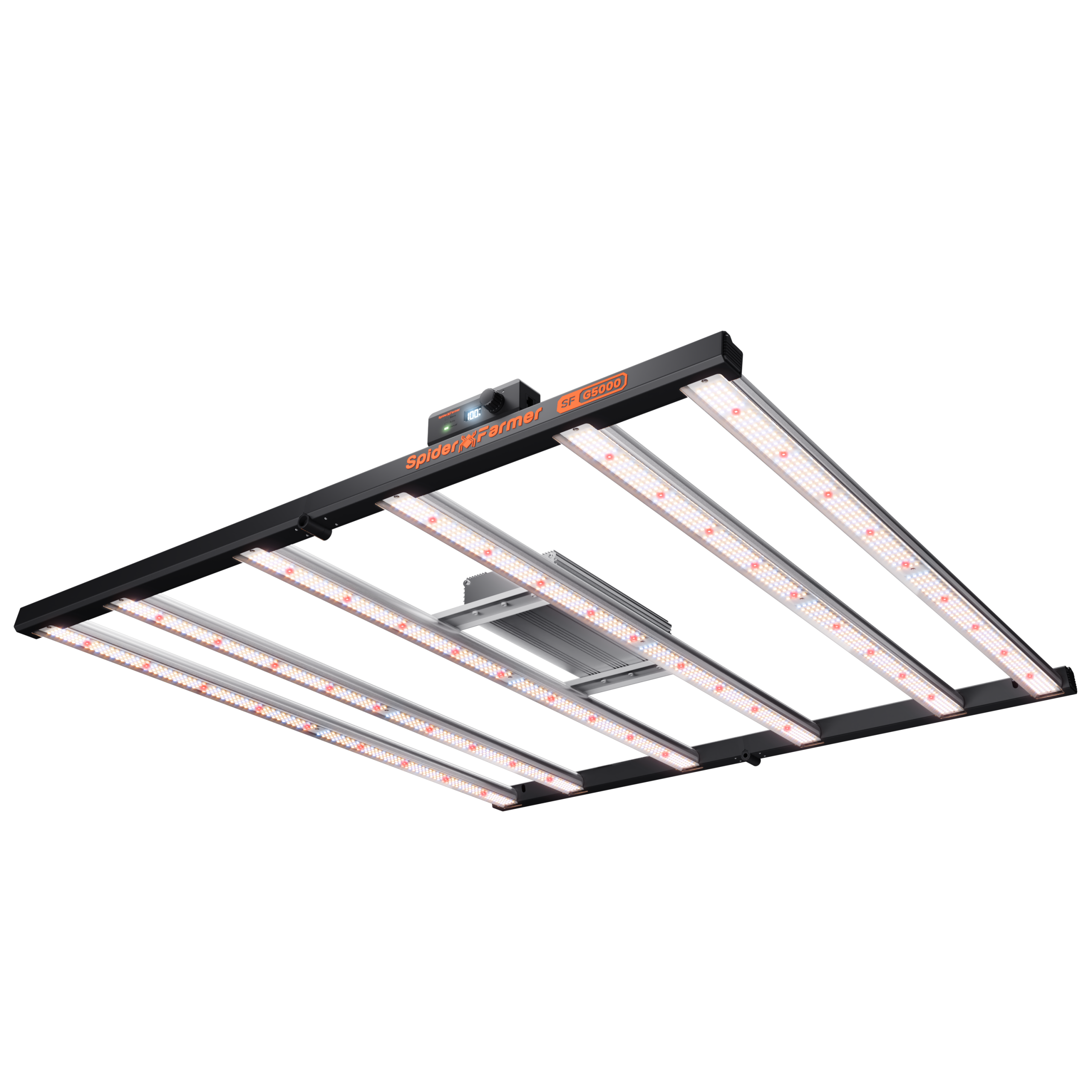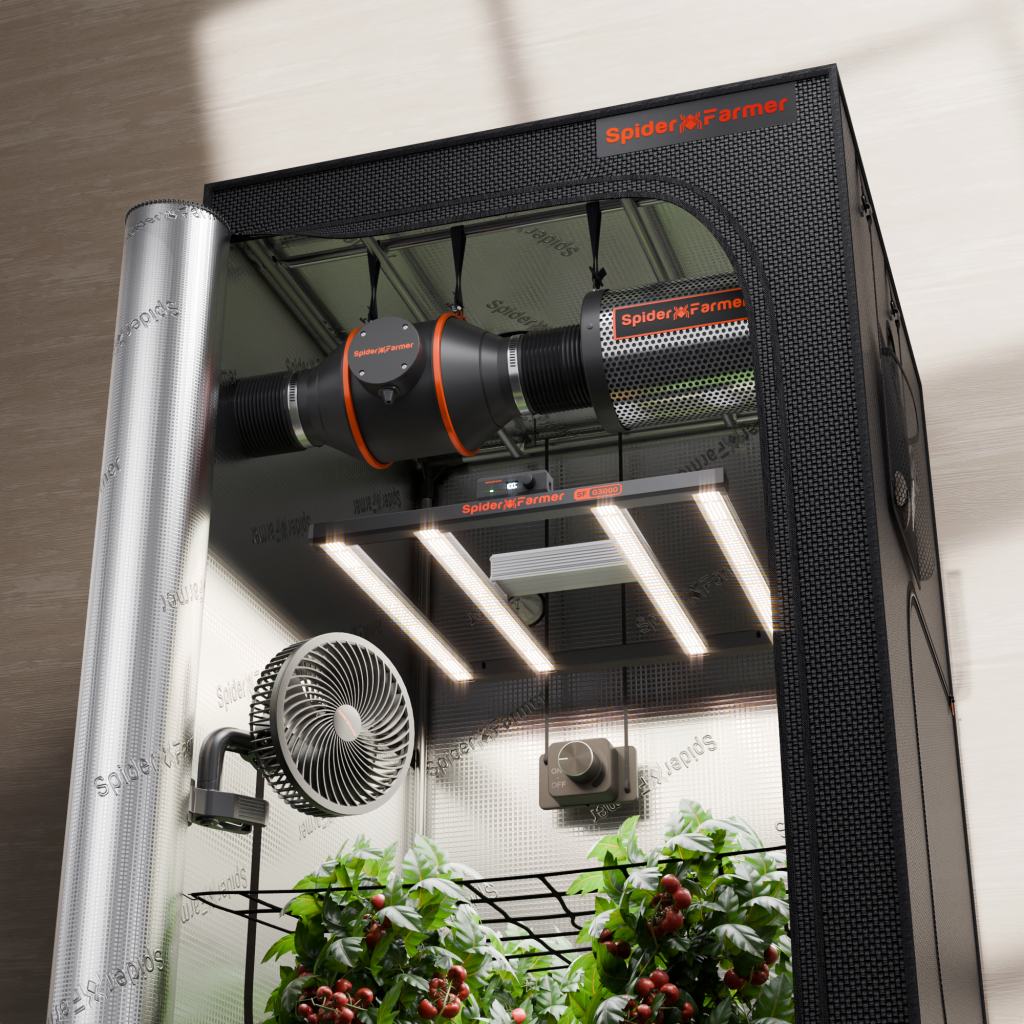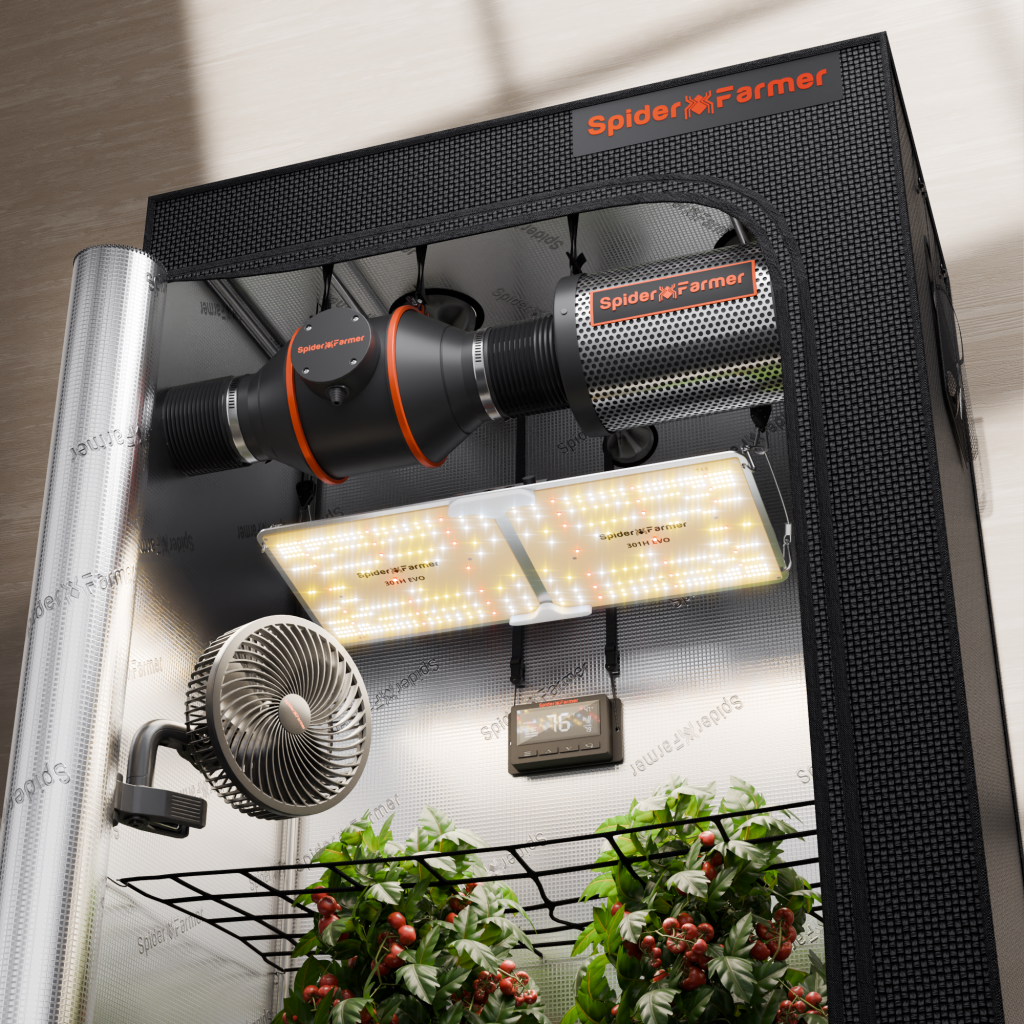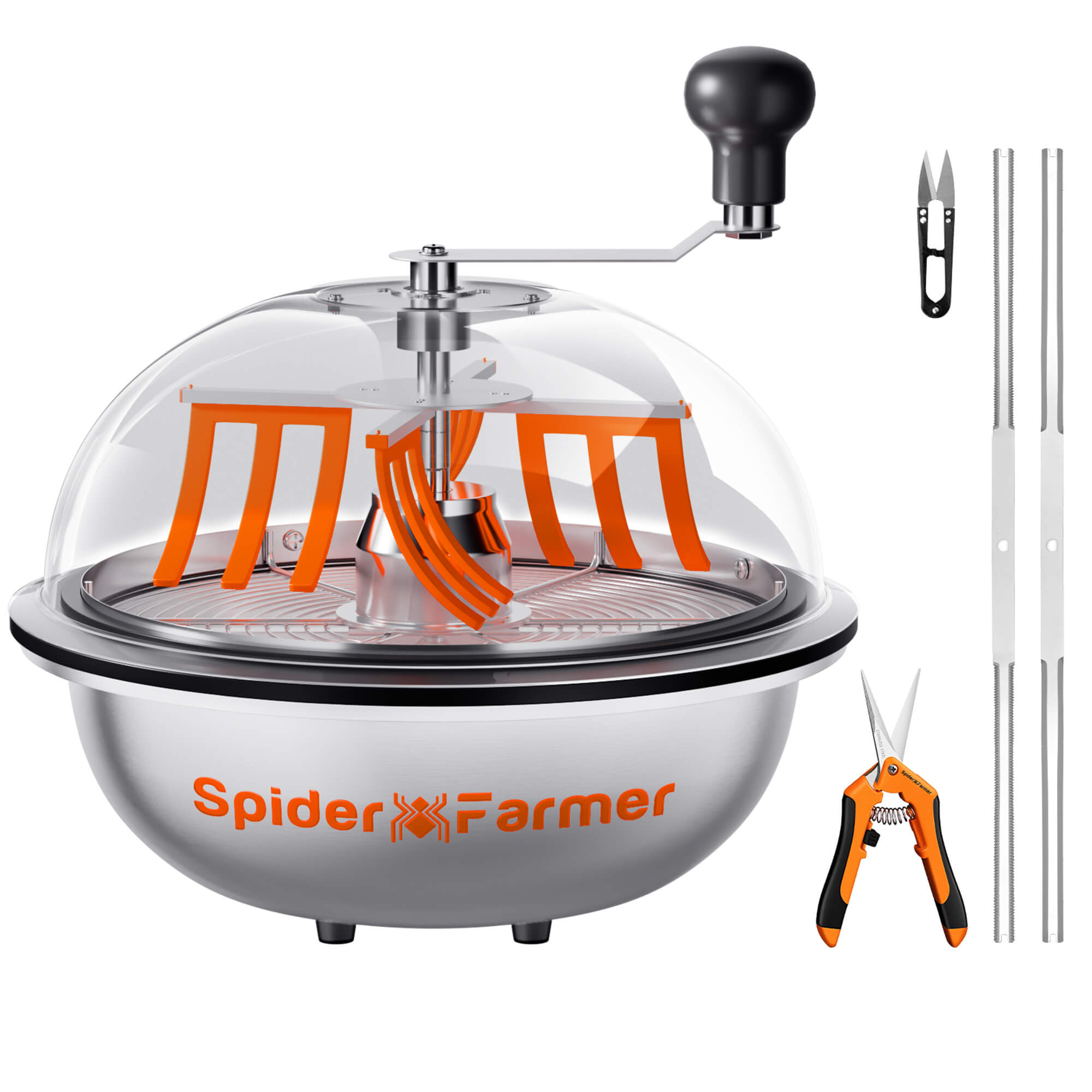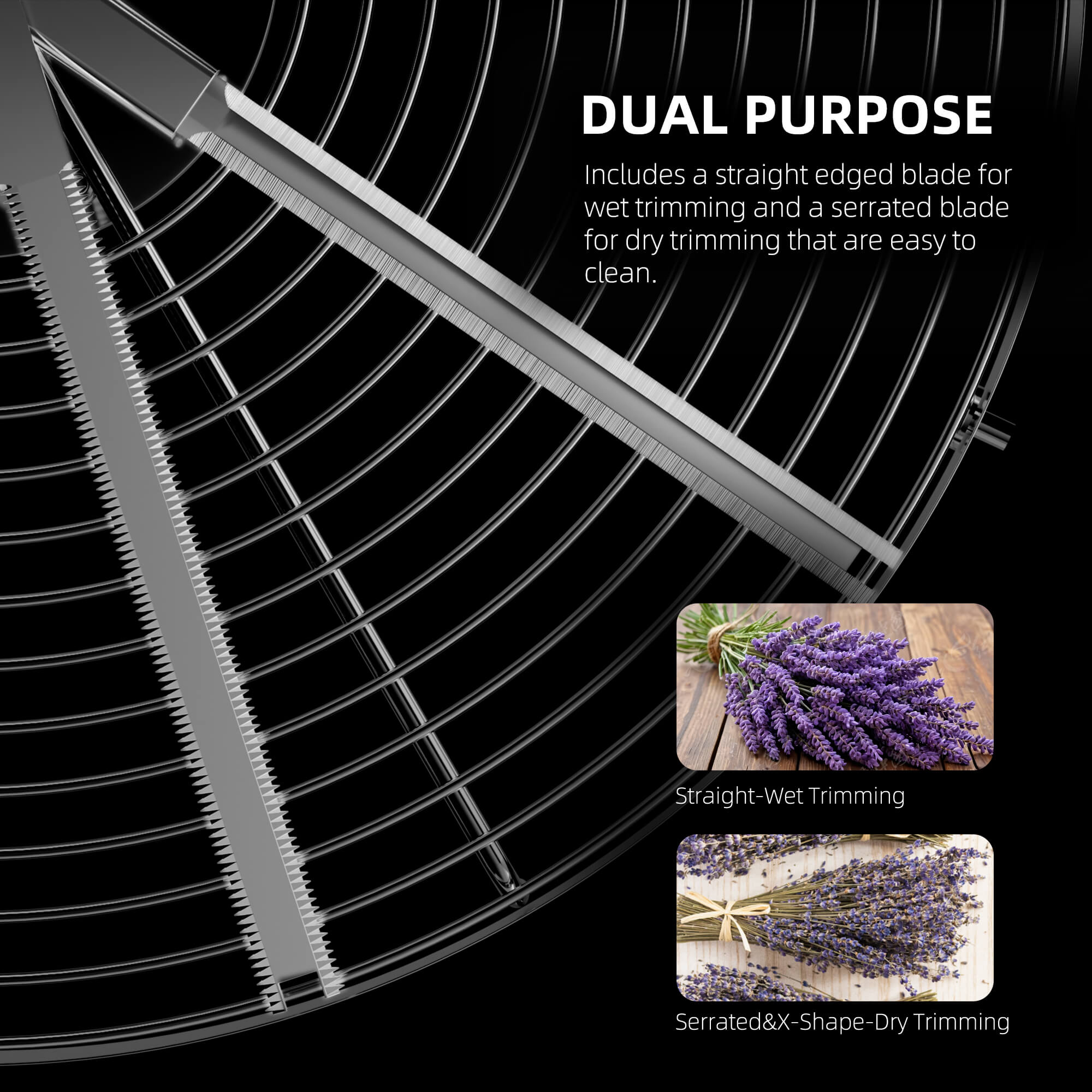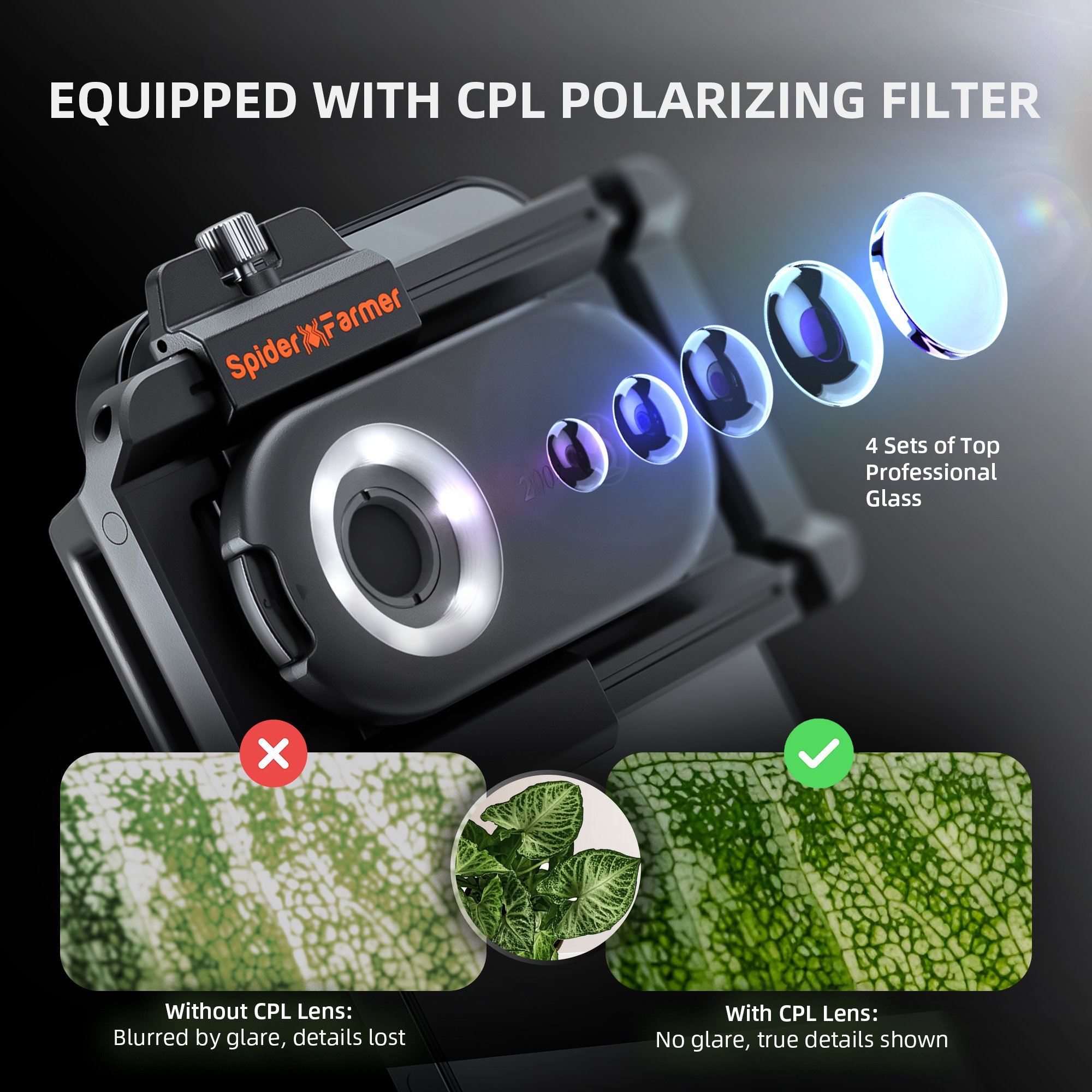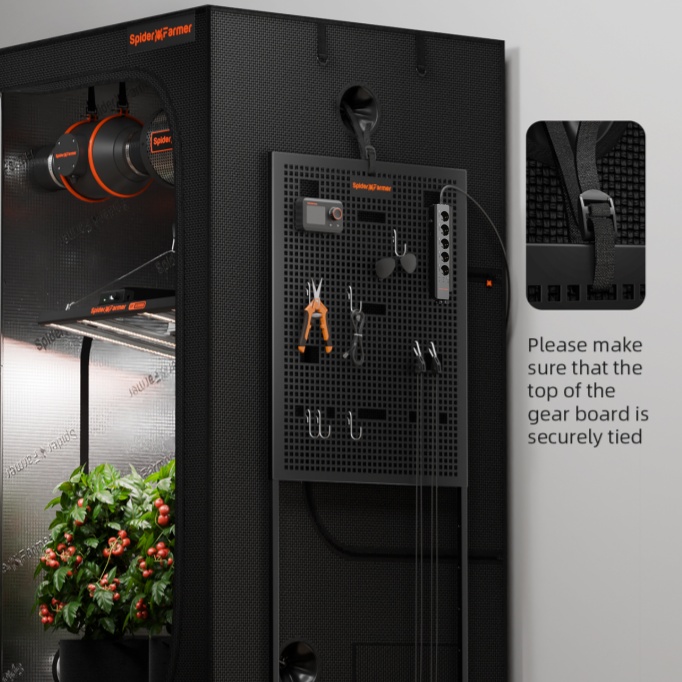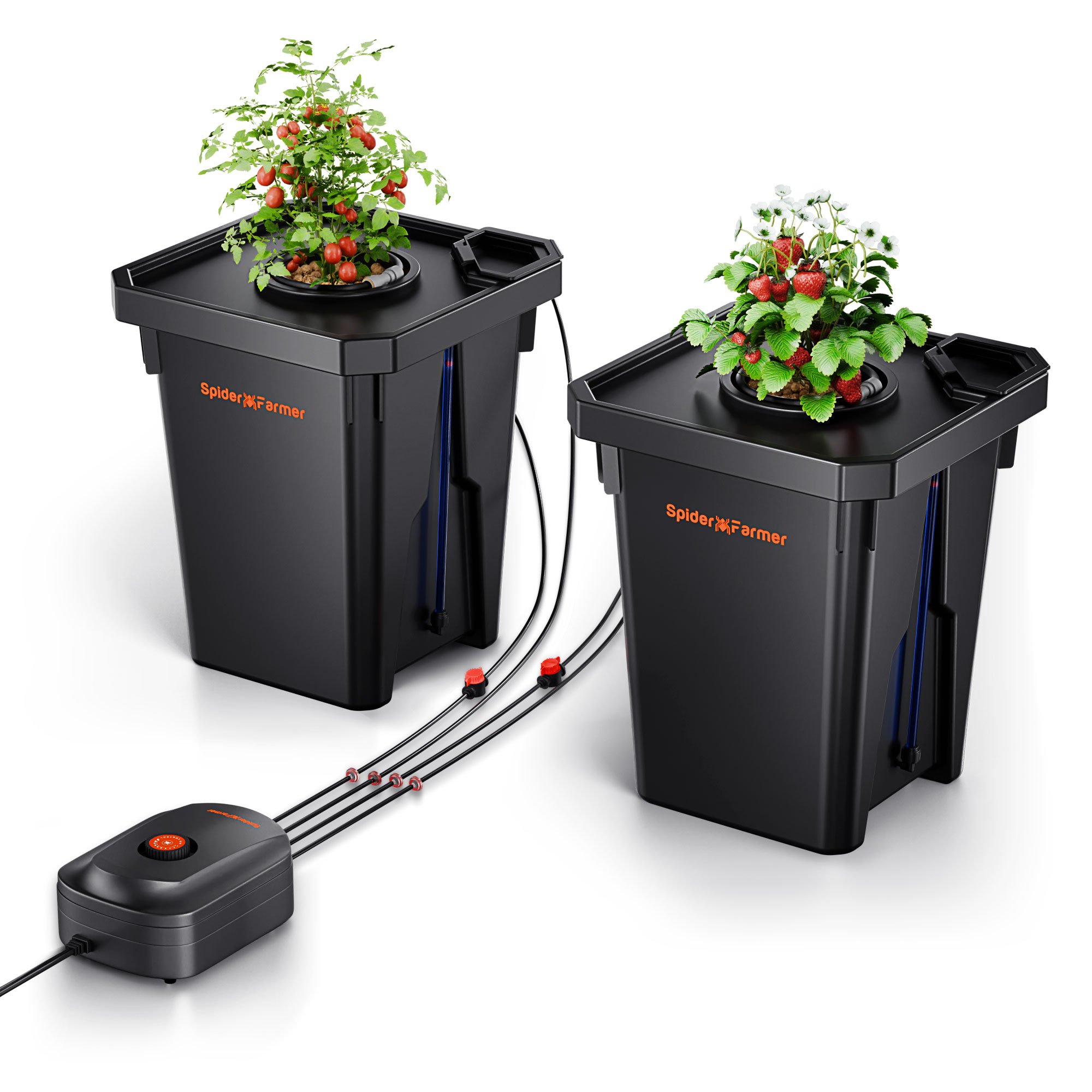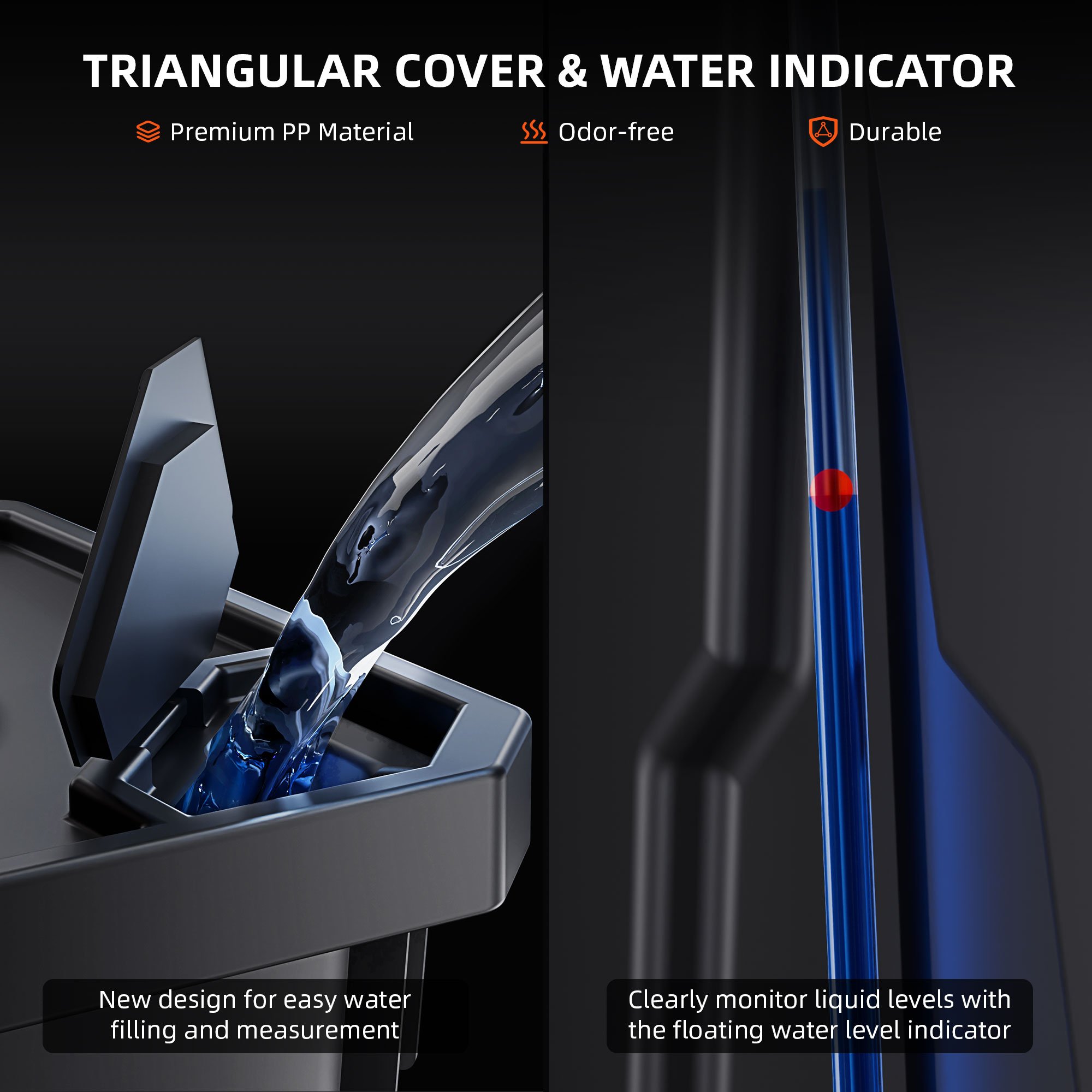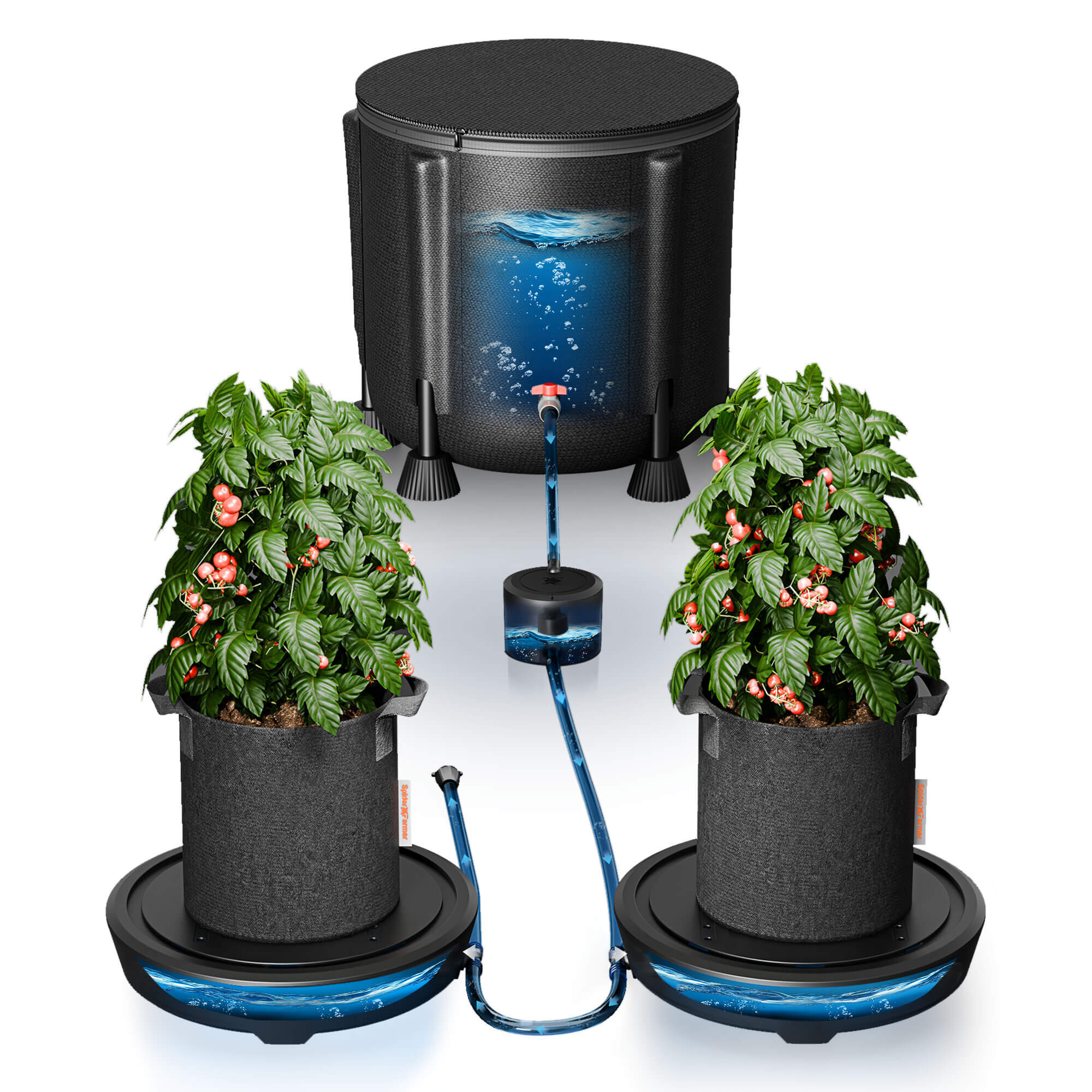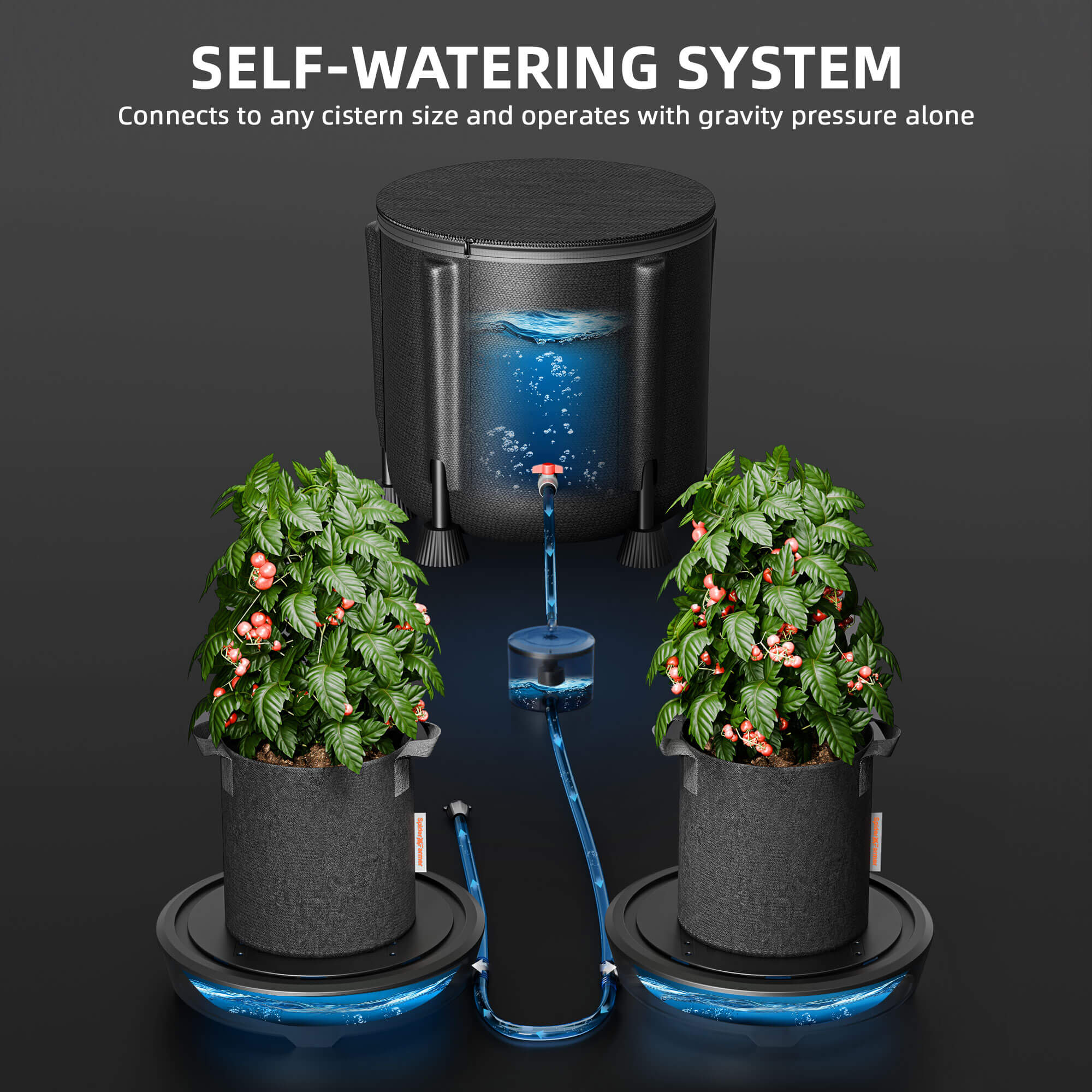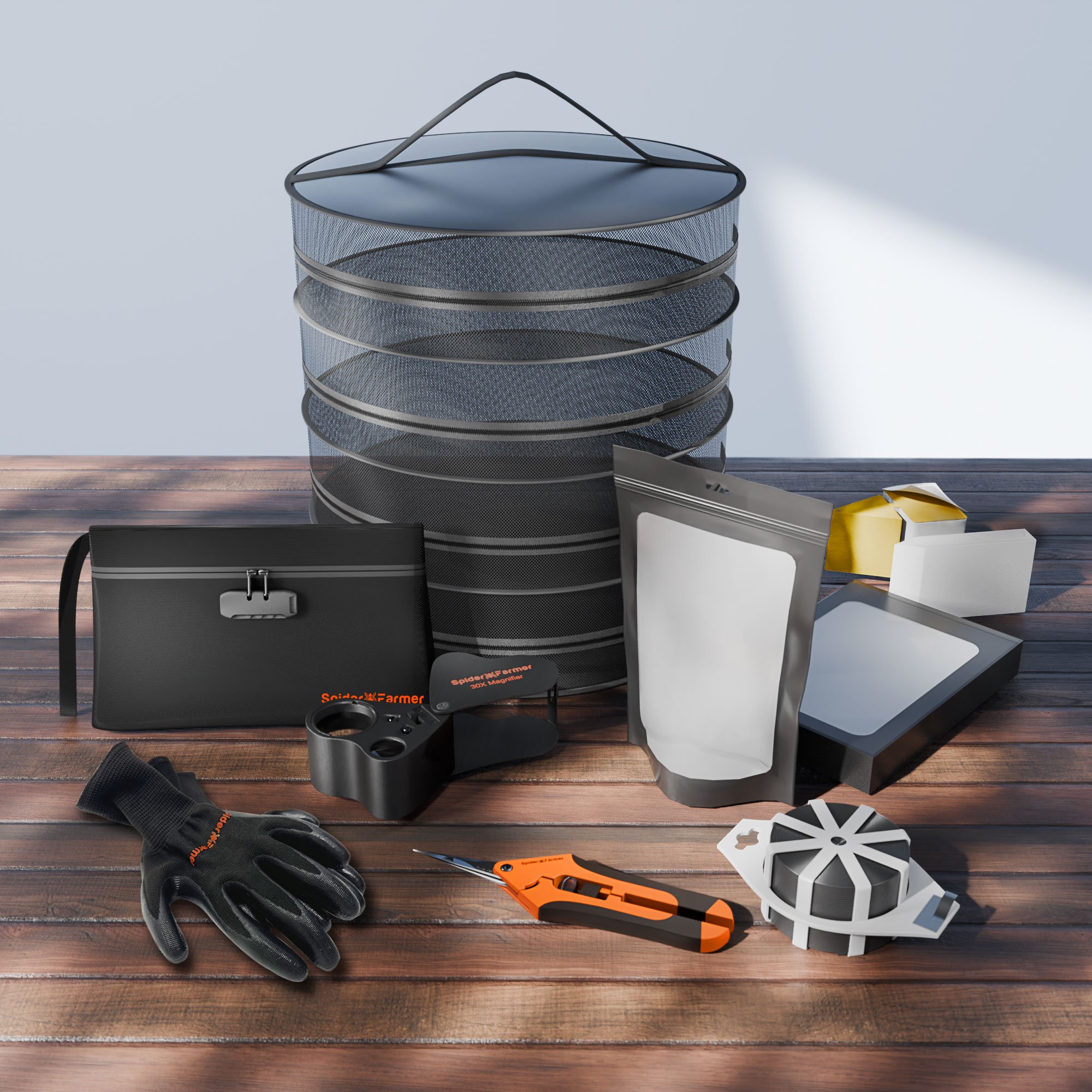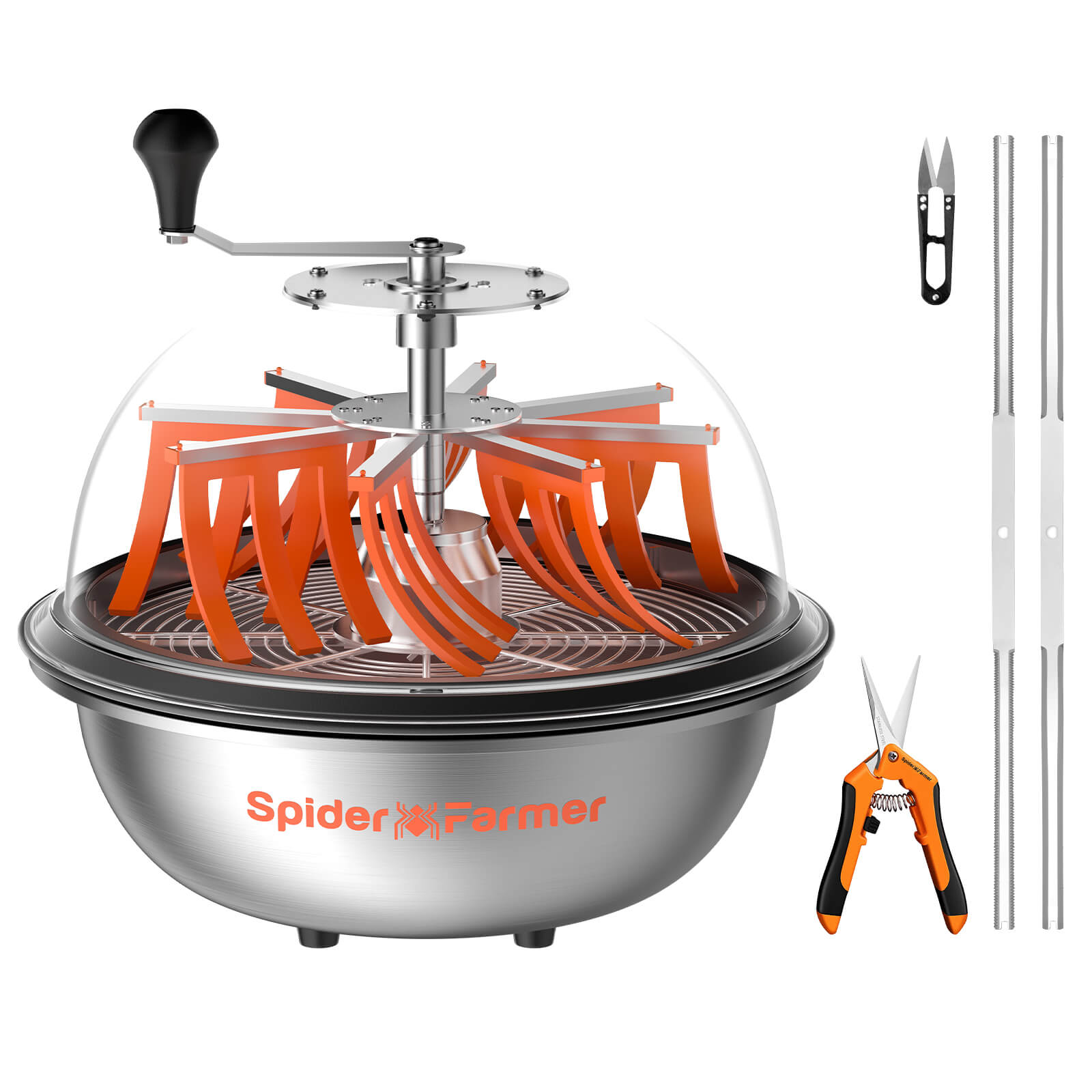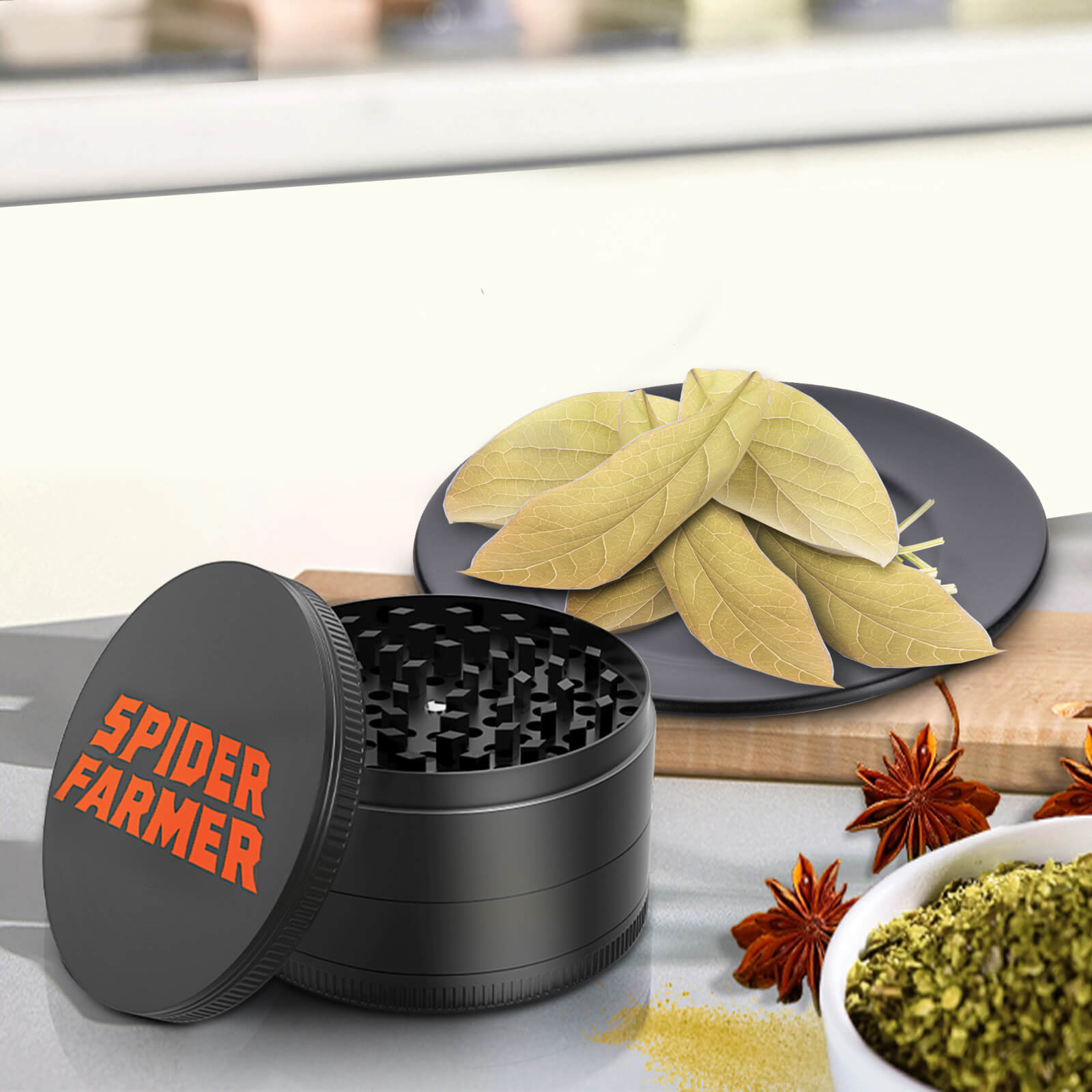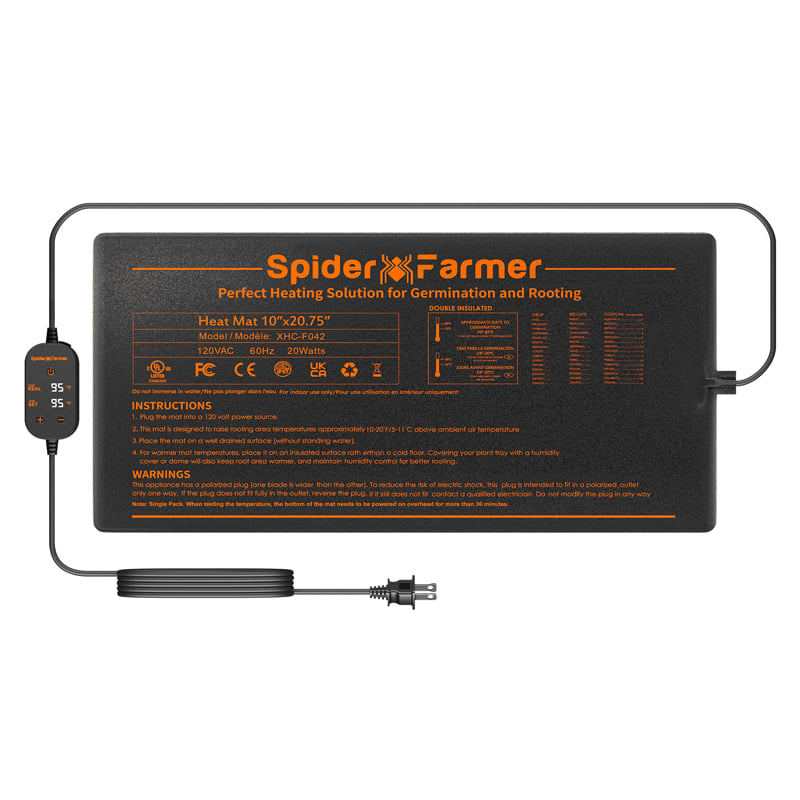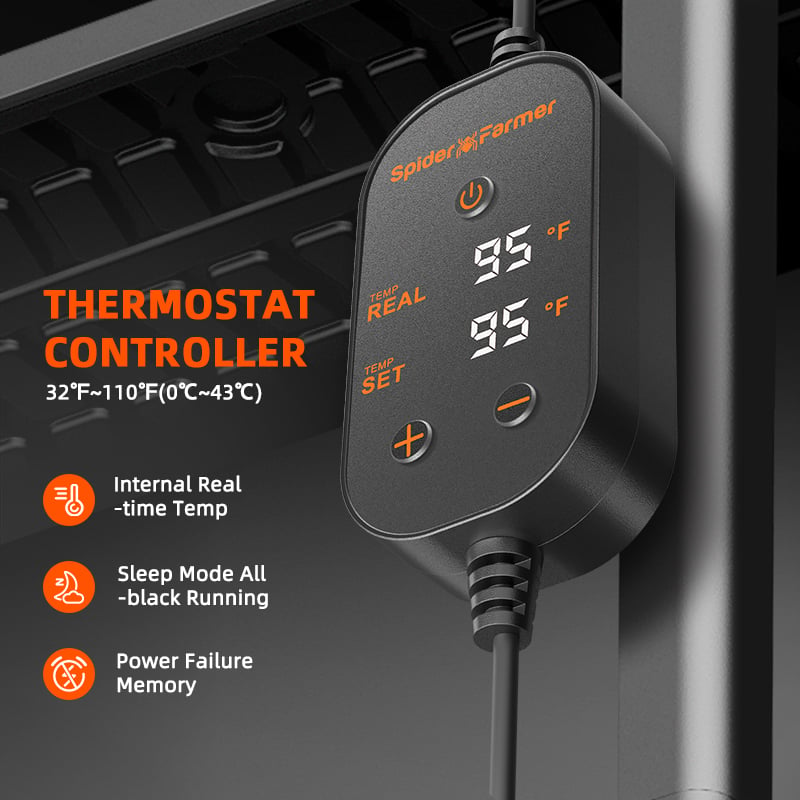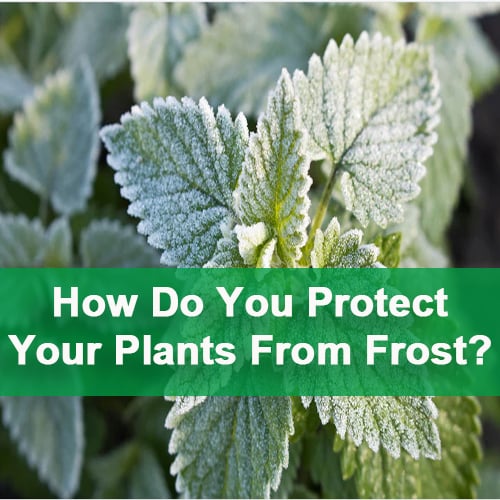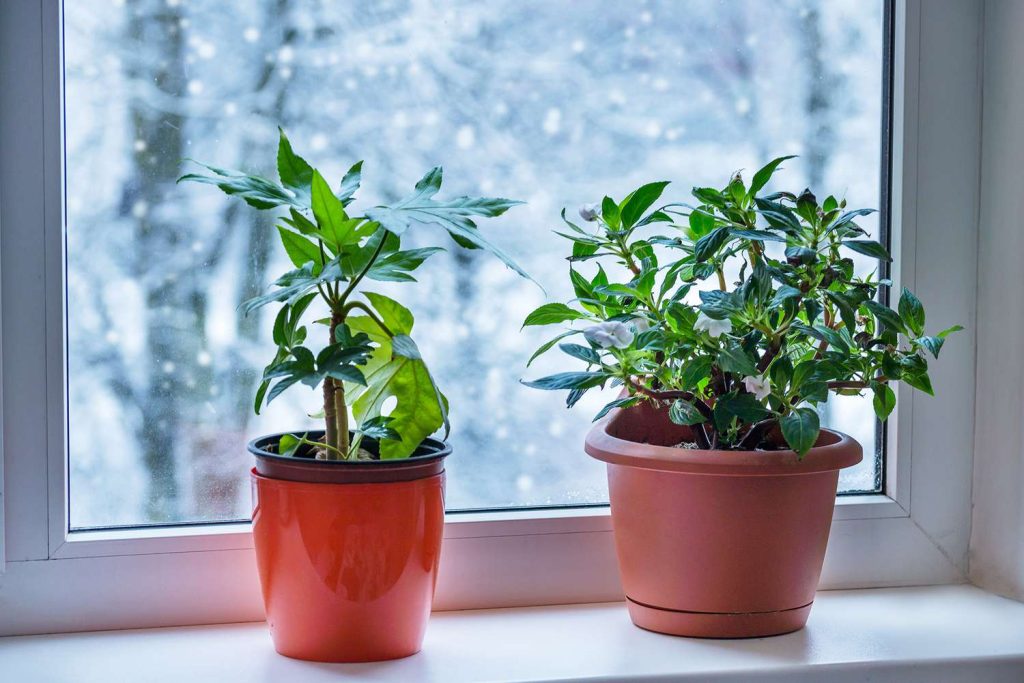Winter is here! Just like you, your plants deserve adequate protection from this harsh weather. But unlike you, your plants cannot stay warm with a jacket. So, what do you do as a gardener to protect your plants from these unexpected freezes? This blog has all the answers you need on how to protect plants from frost.
Why Protect Plants From Frost?
Before we get to the solutions, it is vital to understand the problem and appreciate the need for a solution.
Due to cell injuries, plants often die when the environmental temperature drops below 30 degrees Fahrenheit. At these freezing temperatures, a thin layer of ice forms from the water vapor on the surface of the plants. This leads to the build-up of ice in the plant cells, damaging the cells and killing the tissues.
It gets even worse during a killing frost. A killing frost is a severe frost period that extends to the end of the growing season or delays its beginning. As the name suggests, it outrightly kills most vegetables and herbs that complete their lifecycles in midsummer and flower during the hotter temperature.
8 Ways to Protect Indoor Plants from Frost
Here are a few practical strategies to keep your plants safe from the adverse effects of cold;
1. Move Your Outdoor Plants Indoors.
The first and simplest fix is to physically remove your plants from the direct reach of the freezing weather. If your plants are outdoors or in the nursery, bringing them indoors will help protect them from frost. You can either create a garden shed or clear out your garage to create some space warm enough to keep the plants healthy. In extreme cases, you may consider insulated indoor spaces for sufficient warmth.
2. Use Grow Tents.
Think of grow tents (Spider Farmer Grow Tent)as confined spaces that offer the same conditions as the garden ecosystem but indoors. These setups are spacious yet compact, with reflective interior coatings that keep the entire room warm and well-lit. Grow tents are available in different sizes and designs. Overall, they are space-saving, energy-efficient, and easy to set up. They also enhance growing ability by offering greater light concentration to improve growth.
You can install a grow tent in spaces like garages and closets, which ordinarily wouldn’t be conducive to plant growth. So, moving your outdoor plants into a grow tent protects them from harsh weather without depriving them of the ideal growing conditions.
3. Separate Plants from the Floor.
You can place heavy cardboard on the floor of your garden or nursery space before placing your plant containers. The role of the cardboard is to insulate the floor, ensuring the freezing temperature is not transferred to the container and, ultimately, to the plants.
4. Turn on Grow Lights at Night.
Grow lights are the light source in grow tents. They are to indoor plants what sunlight is to outdoor plants. However, unlike sunlight, grow lights are more flexible. Growers can control the light duration and intensity to suit the specific needs of their plants. When you leave your grow lights on at night, your plants are exposed to light for extended periods. The heat produced will help to counteract the colder days and help your plants stay warm.
Your grow tent may either come with a grow light or not. In the latter case, you may need to install a grow light. Experts recommend full-spectrum LED grow lights for their increased efficiency and flexible application. These grow light models are designed to offer variable light colors, temperatures, and intensity.
5. Introduce a Heater and a Thermostat.
Relying on the heat your grow plants produce to keep your plants warm is not always an effective plant frost protection strategy. In some cases, you may need secondary heating, especially when the frosting is more severe. There are various ways to provide secondary heating in your grow tent. For instance, you can use soil heating mats, heat lamps, or compost-generated heat.
Electric heaters are more common among growers. They come in different types and sizes—your choice will depend on the size of your grow space. The ideal heater for your grow room will heat up your tent even on the coldest nights. Experts also recommend growing tent heaters with an adjustable thermostat, which helps to control the amount of heat the heater produces. This prevents overheating and its adverse effects on your plants.
6. Use Heating Mats.
A heating Mat can also protect your indoor plants from the adverse effects of frost. However, they are not as effective as heaters. Heat maps work by heating the soils rather than the air. You wrap them around the pots or place them under your trays and pots, where they provide all the warmth the growing plants require to survive.
Heat mats will keep the soil warm and protect the roots. They ensure water and minerals do not condense in the soil, making it easier for the roots to absorb water and nutrients from the soil. However, the warmth from heat mats does not extend to other parts of the plant; the foliage and upper parts of the plants are likely to drop in temperature over time.
7. Increase the Humidity of the Space.
Increasing the humidity of your grow space will protect plants from frost. The more warmth you add to your space, the less humid it becomes. Plants require damp, moving air instead of the dry, crisp air that fills the room due to continuous heating. This is where the need to supplement humidity arises. Start by keeping the plants away from the direct line of heating vents. If you can, move them into cooler areas of the space or close to the humidifier. You can also keep them together, so they benefit from the moisture they give off from their leaves.
8. Avoid Static Air.
Minimal air movement often prevents the formation of frost. A simple fan can provide a gentle breeze that effectively mixes the cold air at the surface with slightly warmer air above the plants. The result of this is a microclimate that does not support the formation of frosts. One fan will effectively cover a 120x120cm growing space—all you have to do is place the fan a few feet above the garden bed.
To Round Up…
The best way to combat the adverse effects of frosting on plants is to prevent them. It is almost always impossible to rejuvenate plants that experience frost damage. In a few situations where recovery is possible, it requires intensive efforts that take time and money. The frost protection for plants strategies provided in this blog will help you protect your plants from the damaging effects of freezing temperatures.
The best part? You do not have to implement all of them in most cases—choose the strategies you find convenient and implement them appropriately.


